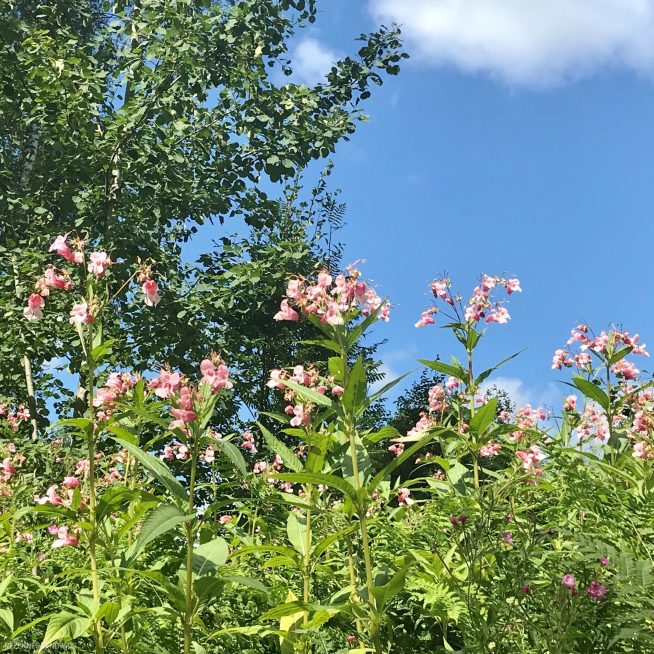To be invited to participate in the inventory of invasive plants and animal species

Invasive species have devastating effects on nature, the economy, sometimes even human health. Invasive species may be any type of live organism – plant, animal, mushrooms, bacteria.
The term “invasive” is generally attributed to alien species which, when they arrive at new places of life, can begin to grow rapidly and aggressively, thus depressing the ecosystem endangered by the local species.
Invasive species are mainly spread through human conscious but often unconscious activity. Today, people are able to travel around the world very quickly, and the goods are transported from the edge of the world to another. In conjunction with the goods and transported goods, different species of live organisms may be transferred from one place to another, such as insects can move with consignments of plants, fruit and vegetables. However, most of the invasive species have been imported by humans, not knowing that the exotic plant or domestic animal imported from abroad could adapt to local conditions over time, become wild and start uncontrolled spread. Invasive species may become intentionally or accidentally exposed to animals, such as: raccoon, red-ear turtle, American signal cancer. A well-known visitor is currently a potato fox, or so-called “Colorado vabole”, who has traveled from America. His “victory stroke” was started by Spain's catastrophe.
It is undeniable that climate change also plays a role. Changes in average air temperature, precipitation and intensity changes allow some species of live organisms to move to new areas.
If a new species enters the ecosystem, it may not have a natural enemy or any other regulatory factor, so it starts to grow rapidly and take over a wide area. Local wildlife or animal species are not in a position to compete with the fast-coming foreigner on feed resources and areas of life, as local species need sufficient time to create protection mechanisms against the intruder.
Invasive species may be affected by changes in the ecosystem feed network, the balance of species may be changed and the ecosystem condition affected. For example, the flower sprigane in wet rivers and lakes consists of large and dense stands where most local plants grow. By time, the beach washing processes are activated in such places, as there are no longer plants that stabilised the banks with their roots. The trees of the flower flower are rearing the new trees and slowing down the forest regeneration. Similarly, many land owners are known to do some damage to Sosnovska Latvian or a Canadian goldman.
In order to be able to carry out surveys of invasive species, the inventory, hence the identification of the existing situation, on the website of the Nature Protection Administration https://www.daba.gov.lv/ a web site has been created Invasive species managerwhere the population can both familiarise themselves with the description and images of invasive plants and animal species, and explore the map showing the sites of the relevant invasive species in the territory of Latvia. Citizens are invited to fill in the online questionnaire on the same website by providing information (location, number of specimens observed, can add a photo, mark a location on the map) about the observed invasive plant or animal species.
We also call on the people of Rezekne to explore the surrounding plants and animals more carefully and to contribute to the identification of invasive species.
The information was prepared by Biruta Rupaine,
Senior Environmental Protection Officer of the municipality of Rezekne
(phone) 646 07195, biruta.rupaine@rezeknesnovads.lv).